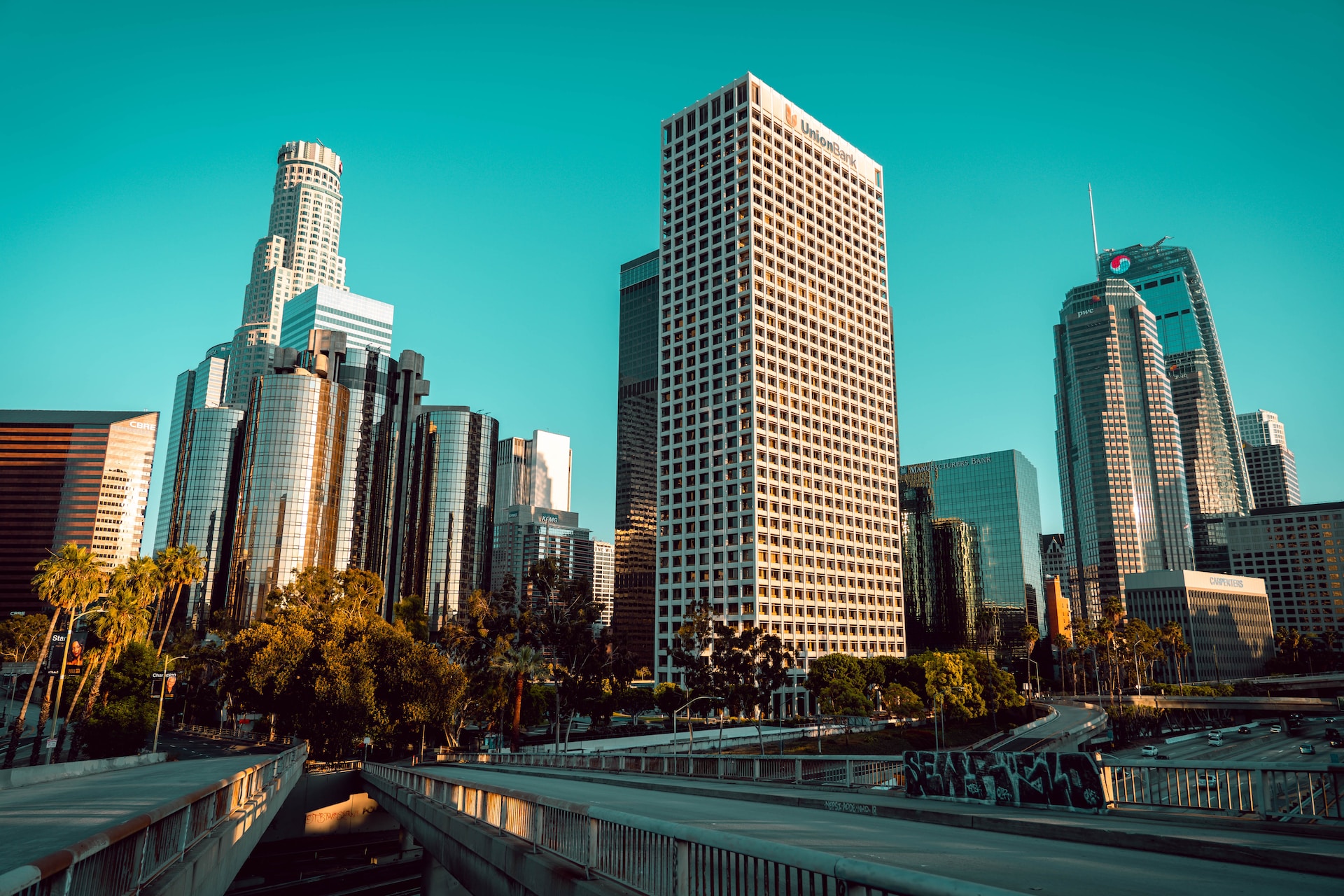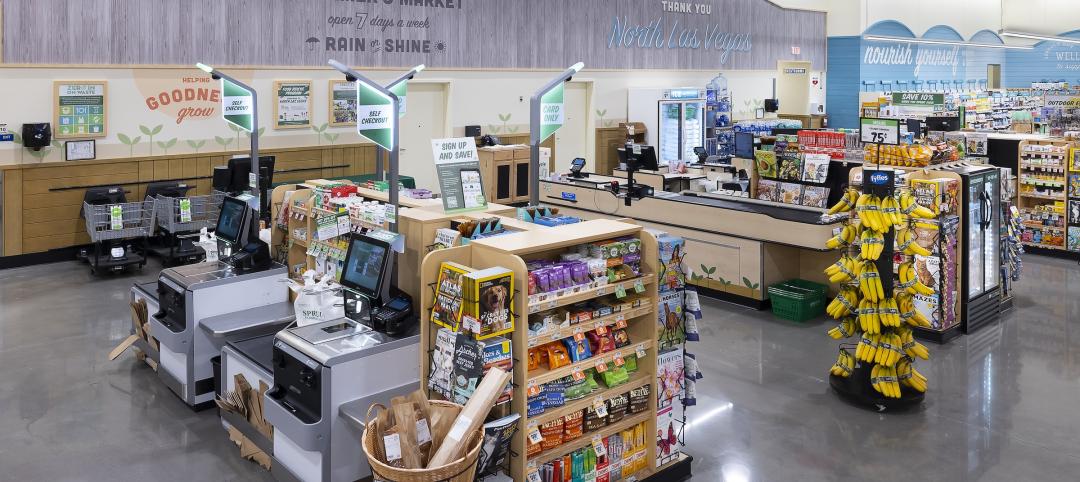The evolution from fulltime in-office to hybrid or completely remote employment is now widely accepted as the new normal for the American professional. As this paradigm shift sinks in, office towers in downtowns across the country sit at around 50% vacancy.
This begs the billion-dollar real estate question: What do we do with all the excess office space? One solution that has captured the imagination and ingenuity of owners, brokers, and architects alike is converting all these vacant office towers into residential.
On the surface, the idea seems like an attractive plug-and-play solution for all involved. It addresses the vacancy issue of downtown office buildings while also helping to tackle the complex housing-shortage issue that many of America’s metropolises have grappled with for decades. It’s also well known that adaptive reuse can breathe new life into a once dying development and is usually far cheaper than razing what’s already there and building new. However, it appears that this solution may be too good to be true.
As we figure out how to execute this silver-bullet solution, we’re finding that, contrary to conventional wisdom, it actually is more cost-effective to start from the ground up by demolishing existing office towers and replacing them with residential multifamily.
Given this revelation, perhaps we should slow down for a moment and examine the premise. Is conversion from office to multifamily really a good idea? Are we trying to solve for the challenge of all this vacant downtown office space in a tactical, knee-jerk reactionary manner? Is this solution really what’s best for our downtowns from a cultural, urban, economic perspective? Or is this silver bullet really a poison pill? Does the idea of repurposing a massive amount of professional and business office space fly in the face of everything the country, and specifically Los Angeles, has been trying to achieve with downtown revitalization over the last 25 years?
If we apply Occam’s Razor—the premise that the simplest solution or explanation is usually the best solution or explanation—it leads us to the conclusion that perhaps the best thing to do with all this vacant office space isn’t to convert it to another use but to keep it as is. A better solution to increase the occupancy of downtown urban-core office towers could be to attract more professional services and businesses that are currently working in-office throughout less-dense urban and suburban areas in half-empty low-rise and inefficient office buildings, ubiquitous in every city’s commercial corridors. This solution makes sense for a myriad of reasons.
Preliminary feasibility studies are flouting the conventional wisdom, showing that it’s more fiscally responsible to raze a commercial tower and replace it with a ground-up residential tower rather than an adaptive reuse into residential. However, that’s not to say that the idea of converting office to residential is completely without merit—more so that the idea simply doesn’t scale to the massive downtown office towers. Tertiary low-rise office space, on the other hand, is far easier to convert to other uses or even to demolish and redevelop into mid-rise mixed-use/multifamily housing, which is desperately needed throughout cities and not just in downtowns.
Furthermore, converting downtown office space would mean maintaining significant low-density office space throughout our cities while dramatically reducing commerce, professional practice, and centralized commercial activity. There is irony to this solution as it goes against most of the driving principles behind the revitalization efforts of downtowns across the country.
For example, here in Los Angeles, the public transportation planning has been focused on getting workers to downtown every morning. As the community plan for Downtown Los Angeles—also known as DTLA2040—states, “Downtown is ... the primary center of urban activity in the region. It remains the city’s commercial, entertainment, cultural, and civic heart. Now enjoying a renaissance, downtown is home to a diverse range of industries and a patchwork of distinct neighborhoods that sit at the center of an expanding regional transportation network.” DTLA2040 goes on to state that the goal is to “[maximize] job intensity in the most transit-served areas, creating job sanctuaries.”
Beyond just infrastructure implications, a mass replacement of office with residential would send a shockwave throughout other sectors. In his slate.com article, “The Ticking Time Bomb in America’s Downtowns,” Henry Grabar explains, “. . . contagion from abandoned office buildings will spread to retail (no daytime shoppers), restaurants (no daytime diners), and street life (no happy hour!), draining the vitality of [downtown].” Conversely, drawing in tenants from outlying low and midrise office space would fortify the ideal of downtown as a strong urban commercial core while providing a plethora of desirable lower-density residential space.
This victory for downtowns does not come without sacrifice. A push will need to be made to make downtown Class A office space more financially accessible and appealing to tenants of lower-density spaces throughout the city. In his article, Grabar proposed, “. . .It is only possible if owners and bankers give up on their old model, and their old valuation.” There is a large percentage of professional offices and businesses currently spread throughout cities that could thrive by moving to downtown if supported by affordable rents, safe streets, and safe public transportation.
Do we really want downtown suburbia?
While this may seem like a steep price to pay, the price of the alternative is much more devastating. If the ideal of downtown as the city’s “commercial, entertainment, cultural, and civic heart” is no longer a desirable or sustainable model, then downtown as we know it, as we have tried to revitalize, redevelop, and reinvigorate it, will cease to exist. High-rise offices will be converted to a sea of residential housing, resulting in a high-density bedroom community—a downtown suburbia, if you will. This will harken in a new chapter of decentralization, where the morning commute will be a daily exodus from downtown into outlying lower-density neighborhoods.
If our efforts over the past decades have been any indication, this is not what we want. If we want to achieve our vision of a vibrant downtown, it is in our best interest to pay the short-term price of incentivizing businesses to relocate. In exchange, we will all reap the long-term gain of a strong, easily accessible, safe urban core while creating ample opportunity for multifamily/mixed-use throughout our cities.
About the Authors
Greg Lyon is Chairman of the Board and Principal of Nadel Architecture + Planning. He has over 25 years of industry experience and joined Nadel in 2008. Lyon currently represents the firm in the retail market sector, strategically driving business growth, as well as creating a strong market presence and brand equity for Nadel. In addition, he has authored and developed many of the strategies through which Nadel has positioned itself as a trendsetter and leader within the marketplace.

Josh Loree is the Marketing Coordinator with Nadel Architecture + Planning.
More from Author
Nadel Architecture + Planning | Sep 17, 2024
Thinking outside the big box (store)
For over a decade now, the talk of the mall industry has been largely focused on what developers can do to fill the voids left by a steady number of big box store closures. But what do you do when big box tenants stay put?
Nadel Architecture + Planning | Aug 15, 2024
The magic of L.A.’s Melrose Mile
Great streets are generally not initially curated or willed into being. Rather, they emerge organically from unintentional synergies of commercial, business, cultural and economic drivers. L.A.’s Melrose Avenue is a prime example.
Nadel Architecture + Planning | Jun 14, 2024
AEC inspections are the key to financially viable office to residential adaptive reuse projects
About a year ago our industry was abuzz with an idea that seemed like a one-shot miracle cure for both the shockingly high rate of office vacancies and the worsening housing shortage. The seemingly simple idea of converting empty office buildings to multifamily residential seemed like an easy and elegant solution. However, in the intervening months we’ve seen only a handful of these conversions, despite near universal enthusiasm for the concept.
Nadel Architecture + Planning | Mar 7, 2024
How shopping centers can foster strong community connections
In today's retail landscape, shopping centers are evolving beyond mere shopping destinations to become vibrant hubs of community life. Here are three strategies from Nadel Architecture + Planning for creating strong local connections.
Nadel Architecture + Planning | Feb 6, 2024
The future of grocery store design: It may be time for the checkout aisle to check out
For grocers, the checkout aisle is one of the greatest sources of customer complaints and shrink, which directly affects their bottom line.
Nadel Architecture + Planning | Nov 15, 2023
Should retail developers avoid high crime areas?
For retailers resolute to operating in high crime areas, design elements exist to mitigate losses and potentially deter criminal behavior.
Nadel Architecture + Planning | Sep 21, 2023
The benefits of strategic multifamily housing repositioning
With the rapid increase in new multifamily housing developments, owners of existing assets face increasing competition. As their assets age and the number of new developments increases seemingly day-by-day, developers will inevitably have to find a way to stay relevant.
Nadel Architecture + Planning | Aug 22, 2023
The mall of the future
There are three critical aspects of mall design that, through evolution, have proven to be instrumental in the staying power of a retail destination: parking, planning, and customer experience. This are crucial to the mall of the future.
















